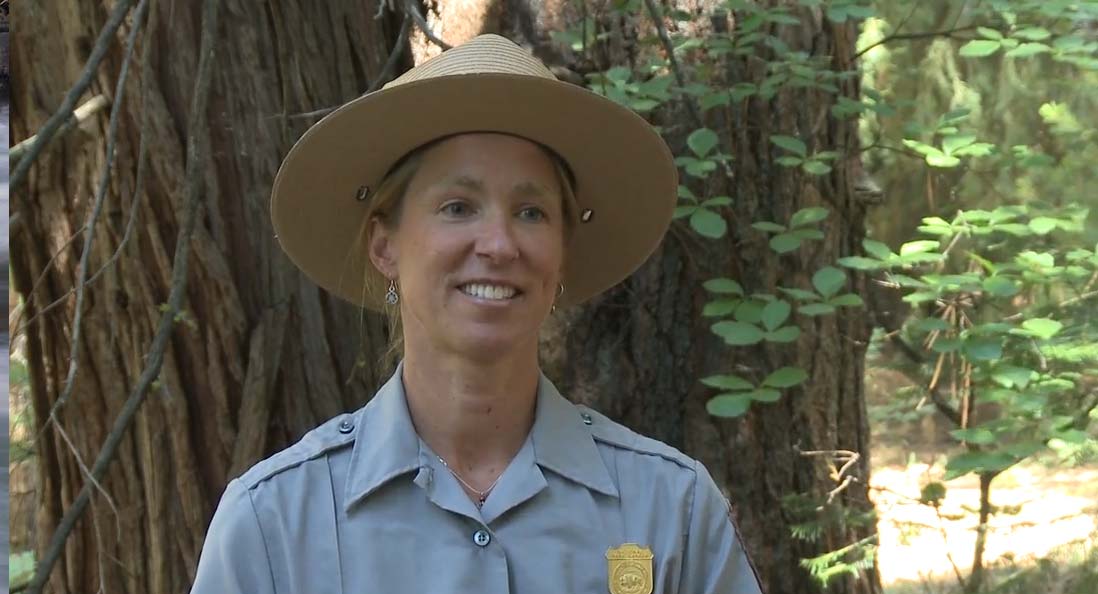*This is a 2020 archived project, view this year’s projects here.
Project goal: Gather data to inform conservation strategies for one of the rarest mammals in Yosemite: the Sierra Nevada red fox.
Why this work matters: In early 2015, through a Conservancy-supported project, biologists reported the first sighting of a Sierra Nevada red fox within Yosemite National Park borders in 99 years. The fox, a candidate for the endangered species list, is extremely rare in its namesake range. Biologists have counted startlingly few individuals in and around the park, and they believe the Yosemite-area population may vanish entirely without intervention.
In order to shape an effective conservation effort, researchers need to fill a range-wide gap in information about the fox’s population size and distribution. In 2020, building on prior years of Conservancy-funded work, researchers used remote cameras, scat surveys (with help from scat-detecting dogs) and genetic analysis to study the Sierra Nevada red fox. Focusing on locations with a high likelihood of detecting the elusive species, they gathered data to help determine how many foxes live in the Yosemite area and figure out where and how far these scarce mammals travel in and around the park.
How your support helped: Your donations provided vital funding to help wildlife researchers complete fox-focused field surveys and data analysis. In addition to collecting images from wildlife cameras in remote parts of the Yosemite Wilderness, researchers teamed up with skilled scent dogs to cover 560 square miles while collecting more than 1,000 scat samples, which were sent to a lab at University of California, Davis, for analysis. As of December 2020, scientists had recorded 30 total detections of the Sierra Nevada red fox in Yosemite since 2014. Thanks to your support, this project is yielding important data that will help shape an interagency conservation strategy to ensure the survival of this rare carnivore.
Project partners: Yosemite National Park; California Department of Fish and Wildlife; U.S. Fish and Wildlife Service; Oregon State University; University of California, Davis; and Rogue Detection Teams.

